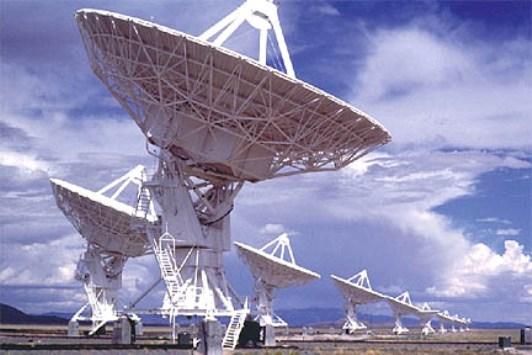Astrobiologists from MIT suggest changing the search pattern for extraterrestrial life

Astrobiologists from MIT have proposed a new direction for the search for extraterrestrial life. Instead of looking for a life that is similar to Earth, researchers suggest searching for virtually all chemically possible biomarkers, which are gases.
Projects like SETI are looking for civilizations that have mastered the technology and are radiating any radio signals into space. However, it would be interesting for scientists to find any form of life that is not even technically developed — the main thing is that it be extraterrestrial. Therefore, many astrobiologists are looking for certain markers in the atmospheres of alien planets, signs of the presence of elements and their combinations, which could hardly have been formed there without the participation of biological life.
For example, a planet whose atmosphere is rich in oxygen, or contains a large amount of methane, immediately deserves the close attention of scientists. However, astrobiologists from Massachusetts believe that our search network should be significantly expanded.
They offer not only oxygen and methane, but look for any volatile gases that can accumulate in the atmosphere due to the vital activity of organisms. To slightly limit the number of candidates, the scientists selected six elements of the periodic table: carbon, nitrogen, oxygen, phosphorus, sulfur and hydrogen (Carbon, Nitrogen, Oxygen, Phosphorus, Sulfur, Hydrogen = CNOPSH), and made a list of all isomers formed by these compounds ( isomers are molecules that are identical in atomic composition and molecular weight, but differ in structure or arrangement of atoms in space and, consequently, in properties).
Naturally, this approach gives rise to other problems. First, scientists were able to observe the first exoplanet relatively recently, in 2004, so searching in the atmospheres of other planets for gases from the above list is still a difficult task. Secondly, such a network of thousands of possible gases may turn out to be too wide, and random planets may appear in the search results.
Of course, until we found a single planet from another life-supporting system, we have no idea how much life on other planets may differ from ours, and what signs can actually signal the existence of life on the planet. But, at least, it is better to expand the search area and pick up extra planets than to skip the one you need, focusing on a too narrow group of parameters.
